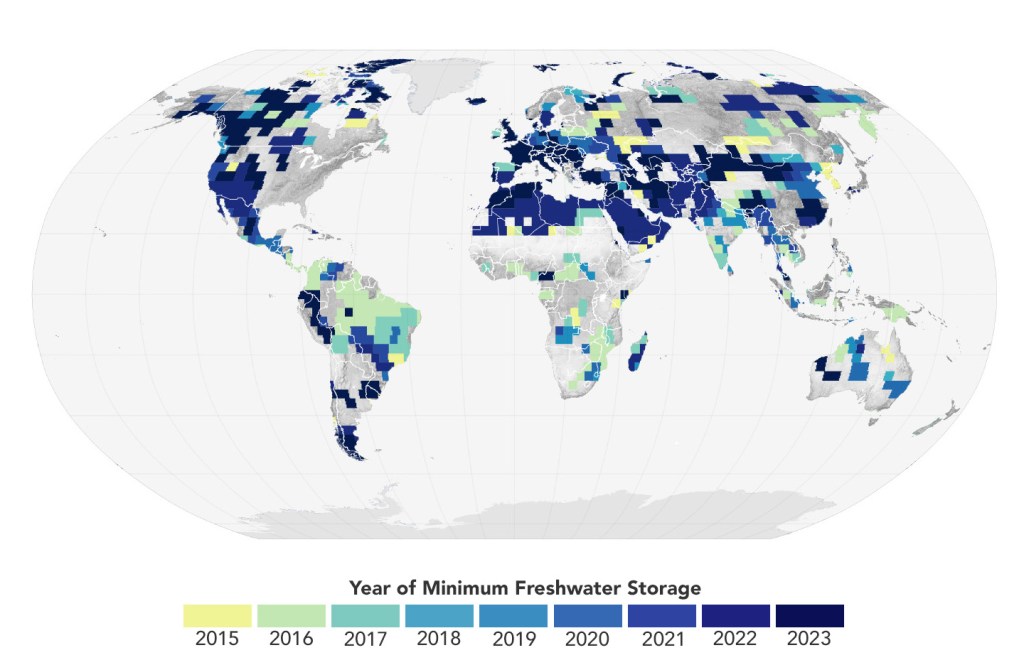# Football stadium-sized asteroid passes Earth Friday; how to watch live
An enormous “city killer” asteroid is set to pass Earth this Friday, traveling at a staggering speed of 41,000 mph. Despite its colossal size, it will be over 7 times farther from Earth than the moon. Although not visible to the naked eye, the event will be livestreamed on YouTube. NASA’s Jet Propulsion Laboratory has identified a massive “city killer” asteroid hurtling towards Earth. On February 2, it will reach its closest point to our planet, approximately 1.77 million miles away. For perspective, the moon is approximately 239,000 miles from Earth, meaning this asteroid will be 7.4 times farther. This rapid space rock is expected to travel at approximately 41,000 mph, measuring around 890 feet in diameter, comparable to the size of a US football stadium, as per NASA. Due to their potential destructiveness, asteroids of this magnitude are commonly referred to as “city killers,” as a collision with an inhabited area could devastate an entire city.
Despite its classification, the asteroid will be too small and distant to be visible without the aid of a telescope on Friday. In fact, it will be approximately 10,000 times fainter than the dimmest stars visible to the naked eye, as communicated by Gianluca Masi, an astrophysicist from The Virtual Telescope Project. However, for those interested in witnessing the asteroid’s passage, there is an opportunity to do so. Masi and the team at VTP will be live-streaming the event from 1 p.m. ET on Friday. The livestream will be available on YouTube and will track Asteroid 2008 OS7 as it moves past Earth, recognizable as a diminutive dot in motion amidst other stationary dots, or stars, in the background. The livestream is expected to last approximately 45 minutes, according to Masi. VTP has previously documented similar flybys, an experience Masi described as “always very fascinating to see.”
Asteroid 2008 OS7 orbits the sun every 962 days, following its passage by Earth, it will continue along its oval-shaped trajectory through our solar system. The elongated orbit of this asteroid results in varying distances from Earth with each approach. For instance, during its next closest encounter in July 2037, it is estimated to be approximately 9.7 million miles away from Earth—almost 5.5 times farther than during the upcoming encounter. According to spacereference.com, Asteroid 2008 OS7 is considered a “potentially hazardous” asteroid by NASA due to its size and proximity to Earth. An asteroid is labeled as “potentially hazardous” if it is at least 460 feet in diameter and orbits Earth within a distance of about 4.65 million miles. Over 34,000 near-Earth objects have been identified by scientists. As of August 2023, just over 2,300 have been designated as potentially hazardous, with many more potentially undiscovered, as suggested by NASA. In the event of an impending asteroid impact, a lead time of 5-10 years for its destruction or deflection would be necessary. NASA JPL is currently working on the Near-Earth Object Surveyor mission, targeted for launch in September 2027. The mission aims to deploy an infrared space telescope into Earth’s orbit to expand NASA’s exploration for near-Earth objects that could pose a potential threat to our planet.













